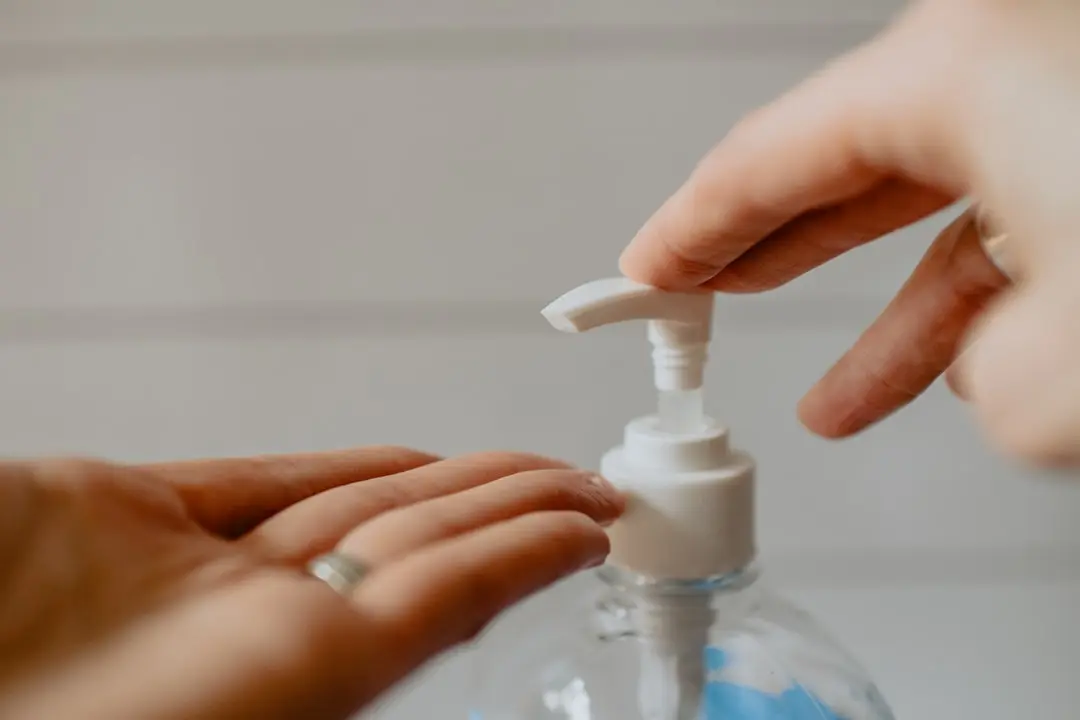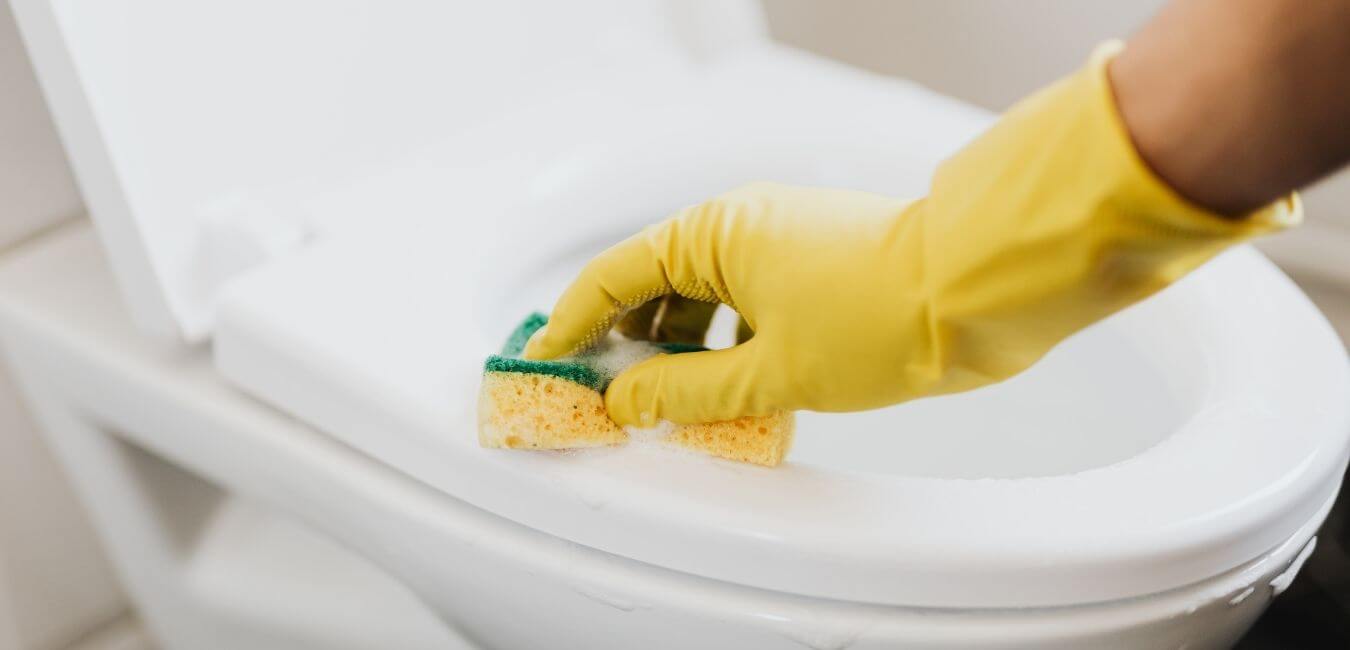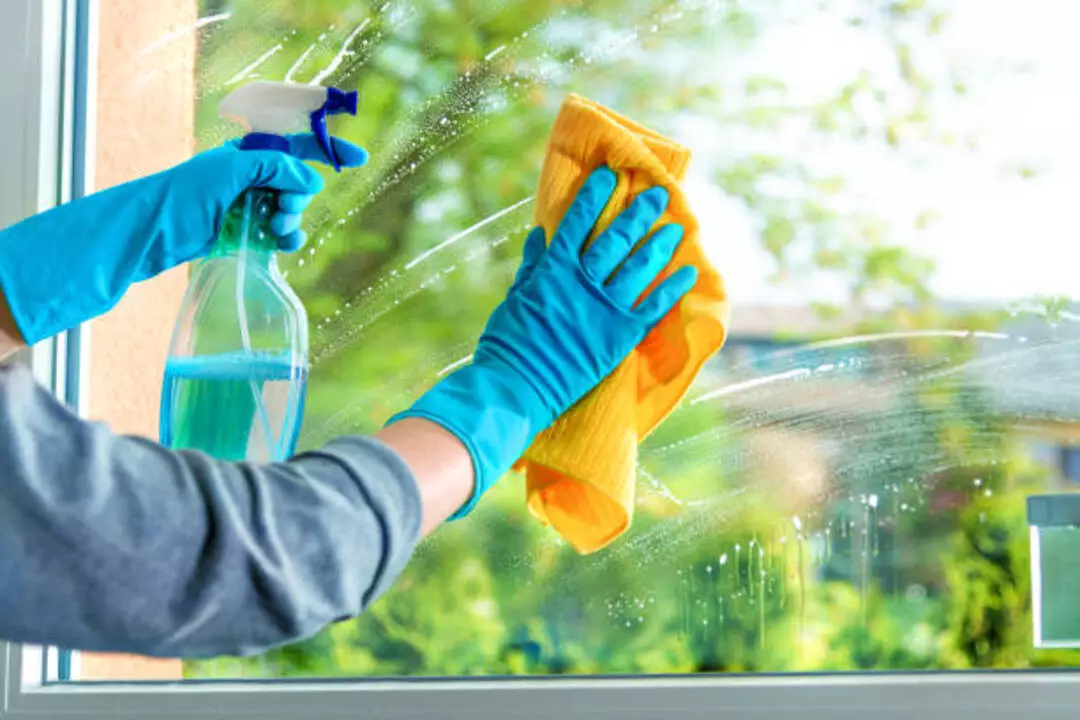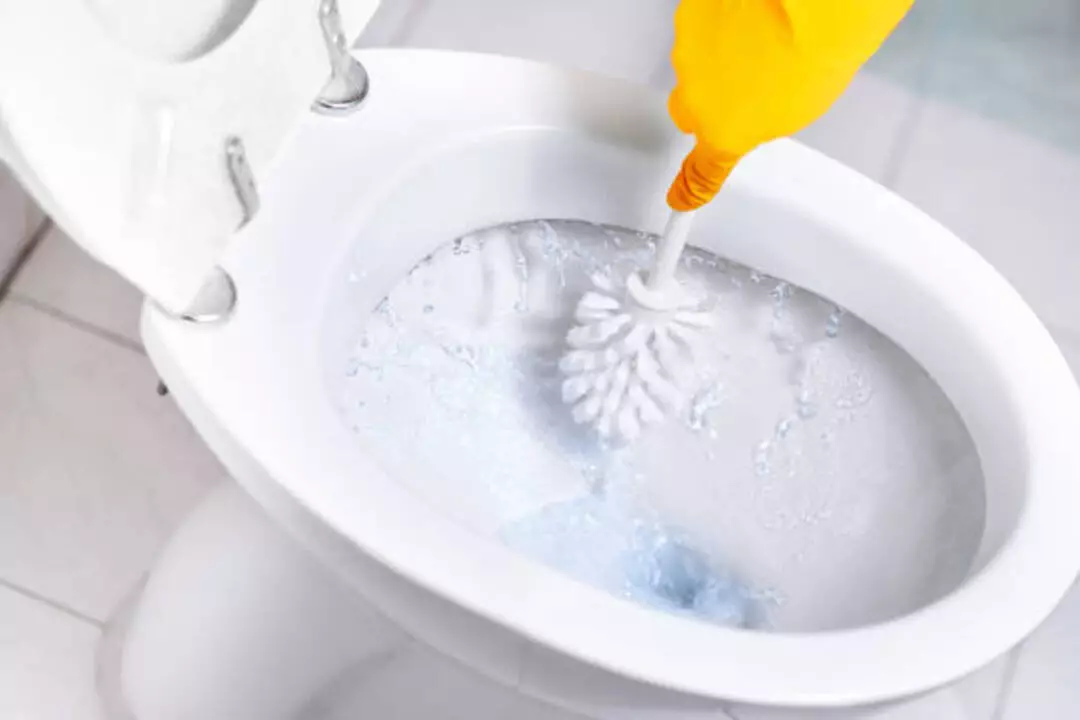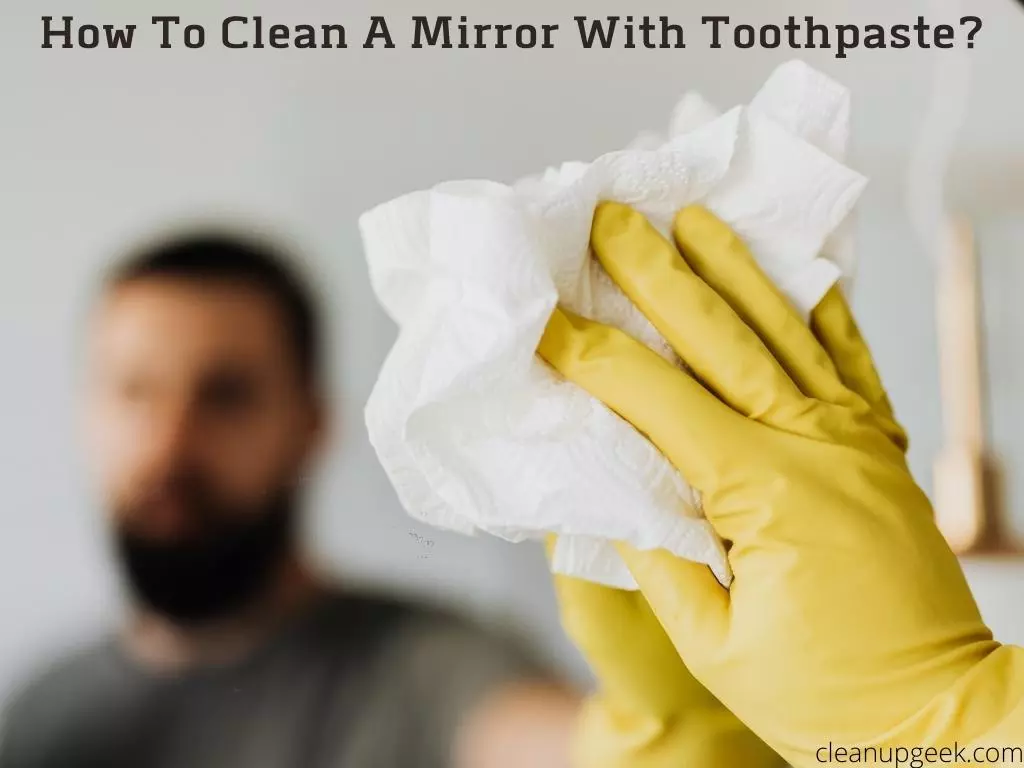Keeping your curtains and blinds free of dust not only ensures a clean home but also extends their lifespan. However, cleaning these window treatments can be tricky, as they are often made from delicate materials that require specific care.
This blog post offers an easy-to-follow guide on how to properly dust your curtains and blinds while avoiding common mistakes that could ruin them. Dive in for some invaluable tips and watch your windows glow like new!
KEY INFORMATION
- Regularly dusting curtains and blinds is important for preventing dust buildup, improving their lifespan, and maintaining a clean home environment.
- To effectively dust curtains and blinds, gather necessary supplies like a feather duster or microfiber cloth, a vacuum cleaner with brush attachments, and a mild cleaning solution. Start from top to bottom and from left to right for thorough coverage.
- Consider factors such as the type of material (fabric, vinyl, or metal), frequency of cleaning (at least once a month), and delicate or decorative elements when cleaning your curtains and blinds.
- Avoid common mistakes like using harsh cleaners or abrasive methods that can damage the material. Follow the specific care instructions provided by the manufacturer to avoid discoloration or fabric damage.
Understanding the Importance of Regularly Cleaning Blinds and Curtains

Regularly cleaning blinds and curtains is essential for preventing dust build-up and allergens, improving the lifespan of window treatments, and ensuring a clean and attractive home.
Preventing dust build-up and allergens
Dust and allergens can pile up on your blinds and curtains. This makes the air dirty inside your house. It’s good to dust your window shades often. Use a dry method, like a cloth or duster, for this job.
Also, make sure to clean hard-to-reach spots like the window sill, frame, and tracks. Take each blind slat in turn at an angle of 45 degrees to knock off the dust. Regular care stops dust from settling on your blinds and curtains, so you won’t breathe it in again later.
Improving the lifespan of window treatments
To improve the lifespan of your window treatments, it’s important to take proper care of them. Regularly dusting and cleaning your curtains and blinds can help prevent damage and keep them looking their best.
When dust and dirt build up on your window treatments, they can cause discoloration, wear down the fabric or material, and even attract pests. By regularly dusting with a feather duster or vacuuming with a soft brush attachment, you can remove these particles before they have a chance to settle.
Additionally, avoiding harsh cleaners and following specific care instructions for different types of blinds and curtains will ensure that you don’t inadvertently damage them during the cleaning process.
Ensuring a clean and attractive home
To ensure a clean and attractive home, it is essential to regularly clean your curtains and blinds. Dust buildup can make your windows look dirty and affect the overall appearance of the room.
Regularly dusting your window treatments can prevent this from happening and keep your home looking fresh. Additionally, regular cleaning helps to prevent allergens from accumulating on curtains and blinds, which is especially important for individuals with allergies or respiratory conditions.
By taking the time to properly dust your curtains and blinds, you can improve their lifespan and maintain a beautiful home environment for yourself and your family.
Step-by-Step Guide for Dusting Blinds and Curtains
To effectively dust blinds and curtains, start by gathering all necessary supplies, such as a feather duster or microfiber cloth, a vacuum cleaner with brush attachments, and a mild cleaning solution.
Begin by closing the blinds or fully extending the curtains to access all surfaces easily. Using the feather duster or cloth, gently wipe away any loose dust from each slat of the blind or fabric panel of the curtain.
Work your way from top to bottom and left to right for thorough coverage. Use the vacuum cleaner with brush attachments to remove any remaining dust particles from hard-to-reach areas such as window frames, tracks, and sills.
For stubborn stains on blinds or heavily soiled curtains, spot treats with a mild cleaning solution, following specific care instructions for each material type. Finish by re-opening/ closing blinds or rehanging curtains once they are completely dry.
Gathering necessary supplies
To effectively dust curtains and blinds, you’ll need a few supplies. These include a feather duster or microfiber cloth, a vacuum cleaner with a soft brush attachment, mild detergent for washing curtains, and a hand-held vacuum for more thorough cleaning.
It’s also helpful to have an upholstery cleaner on hand for any stubborn stains. By gathering these supplies before you start, you’ll be prepared to give your window treatments the proper care they need.
Techniques for dusting
To effectively dust curtains and blinds, follow these simple techniques. First, gather the necessary supplies such as a feather duster or microfiber cloth. Start by gently dusting the top of each curtain or blind to remove any loose particles.
Then, tilt each blind slat individually to a 45-degree angle and use a cloth or vacuum with a soft brush attachment to remove dust. For stubborn stains or dirt buildup, you can spot clean using mild detergent and cold water for curtains or a gentle cleaner suitable for your blinds’ material.
Remember to always follow the care instructions provided by the manufacturer when cleaning your window treatments.
Regularly dusting curtains and blinds is essential in preventing dust build-up and ensuring a clean home environment. By following these techniques, you can easily maintain the cleanliness of your window treatments and extend their lifespan.
Addressing stubborn stains
Stubborn stains on curtains and blinds can be a challenge to remove, but with the right approach, it is possible to tackle them effectively. One method you can use is spot cleaning.
Start by blotting the stain gently with a clean cloth or paper towel, being careful not to rub it in further. Then, mix a small amount of mild detergent with water and dab onto the stain using a sponge or soft brush.
Let it sit for a few minutes before rinsing thoroughly with clean water. For tougher stains, you may need to repeat this process or consider professional cleaning services. Remember to always test any cleaning solution on an inconspicuous area first to avoid damaging your window treatments.
Factors to Consider Before Cleaning Blinds and Curtains

Before diving into cleaning your blinds and curtains, it’s crucial to consider a few factors. These include the type of material, the frequency of cleaning, and the presence of delicate or decorative elements.
Find out why these factors matter and how they can impact your cleaning process.
Type of material
When it comes to dusting curtains and blinds, the type of material they are made from is an important factor to consider. Different materials may require different cleaning methods or products to avoid damage.
For example, fabric curtains may need to be gently hand-washed with mild detergent, while vinyl or metal blinds can usually be cleaned with a damp cloth or vacuumed with a soft brush attachment.
It’s important to check the care instructions provided by the manufacturer for specific guidance on how to clean your curtains and blinds based on their material. Taking this into consideration will help you effectively clean your window treatments without causing any harm.
Frequency of cleaning
To keep your curtains and blinds looking their best, it’s important to clean them regularly. Regular cleaning helps to prevent dust build-up and allergens from accumulating on the fabric or slats.
It also improves the lifespan of your window treatments and ensures a clean and attractive home.
The frequency of cleaning will depend on factors such as the amount of dust in your home, any specific care instructions for your curtains or blinds, and personal preference. As a general guideline, it’s recommended to dust curtains and blinds at least once a month.
However, if you live in an area with high levels of dust or have allergies, you may need to clean them more frequently.
For sheer curtains that are prone to collecting dust quickly, consider giving them a light shake or vacuuming them every week or two. This can help prevent dust from settling deep into the fabric fibers.
Presence of delicate or decorative elements
If your curtains or blinds have delicate or decorative elements, such as lace trimmings or intricate patterns, it’s important to take extra care when dusting them. These elements can be easily damaged if not handled properly.
Avoid using harsh cleaners or abrasive methods that could cause tears or discoloration. Instead, opt for a gentle cleaning technique like dry dusting with a soft cloth or using a vacuum cleaner with a brush attachment.
Take your time and gently remove the dust without applying too much pressure. By being cautious and mindful of these delicate elements, you can keep your curtains and blinds in great condition while still effectively removing dust and allergens.
Common Mistakes to Avoid When Cleaning Blinds and Curtains

Using harsh or abrasive cleaners can damage the material of your blinds and curtains, so it’s important to choose gentle cleaning solutions specifically designed for these types of window treatments.
Using harsh or abrasive cleaners
It’s important to avoid using harsh or abrasive cleaners when dusting curtains and blinds. These cleaners can damage the material, causing discoloration or fraying. Instead, opt for mild detergents or gentle cleaning solutions specifically designed for window treatments.
Harsh chemicals may also leave behind a residue that is difficult to remove and can attract more dust in the long run. Stick to gentle methods like dry dusting, using a microfiber cloth or feather duster, or vacuuming with a soft brush attachment.
By avoiding harsh cleaners, you can prolong the lifespan of your curtains and blinds while keeping them clean and well-maintained.
Incorrect washing techniques
When it comes to washing curtains and blinds, there are a few common mistakes that you should avoid. First, using harsh or abrasive cleaners can damage the material and cause it to fade or become discolored.
Instead, opt for a mild detergent mixed with cold water when washing your curtains. Second, make sure to follow any specific care instructions provided by the manufacturer. Different types of materials may require different cleaning methods, so always check before you start washing.
Lastly, don’t forget to properly dry your curtains after washing them. Hanging them up while they’re still wet can lead to mold and mildew growth.
Ignoring specific care instructions
Ignoring specific care instructions for cleaning blinds and curtains can lead to damage and ineffective cleaning. Different materials require different methods of cleaning, so it is important to pay attention to any care instructions provided by the manufacturer.
Using harsh or abrasive cleaners on delicate fabrics can cause discoloration or fabric damage. Neglecting to remove dust from the window frame, tracks, and sill can result in dirt being transferred back onto the clean blinds or curtains.
It’s essential to follow the recommended cleaning techniques for each type of material to ensure that your blinds and curtains remain in good condition and effectively cleaned.
Preventive Measures for Keeping Blinds and Curtains Clean

To prevent dust build-up on your blinds and curtains, it is important to regularly dust and vacuum them. Use a fabric or upholstery cleaner specifically designed for window treatments to refresh and maintain their cleanliness.
If you prefer professional cleaning services, schedule regular appointments to ensure a clean and well-maintained home.
Regular dusting and vacuuming
To keep your curtains and blinds looking their best, regular dusting and vacuuming is essential. Dust can accumulate quickly on these surfaces, making them look dull and unattractive.
By regularly dusting and vacuuming, you can prevent dust build-up and maintain a clean home environment. Use a soft brush attachment on your vacuum cleaner to gently remove dust from blinds or shades.
For curtains, use a handheld vacuum or duster to remove any loose dirt or debris. Regular maintenance will help prolong the lifespan of your window treatments and ensure they always look their best.
Using a fabric or upholstery cleaner
To effectively clean curtains and blinds, you may consider using a fabric or upholstery cleaner. These specialized cleaners are designed to remove stains, dirt, and odors from fabric materials without causing damage.
They can be particularly useful for cleaning drapes or curtains that cannot be easily removed for washing.
When using a fabric or upholstery cleaner, it is important to read the instructions carefully and follow them accordingly. Start by testing the cleaner on a small, inconspicuous area of the curtain or blind to ensure that it does not cause any discoloration or damage.
If everything looks good, proceed with applying the cleaner onto the stained areas and gently scrubbing with a soft cloth or sponge.
Remember to always blot rather than rub when cleaning fabrics as rubbing can spread the stain further and potentially damage the material. Once you have finished cleaning with the fabric or upholstery cleaner, allow your curtains or blinds to air dry completely before rehanging them.
Professional cleaning services
Hiring professional cleaning services can be a great option for effectively dusting curtains and blinds. They have the expertise and tools to thoroughly clean your window treatments without causing any damage.
Professional cleaners can handle different types of materials and delicate elements, ensuring that your curtains and blinds are properly cleaned. They also have access to specialized cleaning products that can remove stubborn stains or buildup.
By hiring professionals, you can save time and effort while ensuring that your curtains and blinds are in their best condition.
Conclusion and final thoughts
In conclusion, regular dusting of curtains and blinds is essential for a clean and attractive home. By following the step-by-step guide provided and considering factors such as material type and cleaning frequency, you can effectively remove dust and prolong the lifespan of your window treatments.
Avoid common mistakes like using harsh cleaners or ignoring care instructions. Take preventive measures like regular vacuuming and professional cleaning services to keep your curtains and blinds looking their best.
Keep these tips in mind for maintaining clean curtains and blinds throughout the year!
FAQs

1. What steps can I take to dust curtains and blinds effectively?
For effective cleaning of curtains and blinds, follow a step-by-step guide that involves removing dust from window tracks and sill, washing with mild detergent if required, and making use of proper window frame maintenance techniques.
2. Are there any common mistakes I should avoid while cleaning my windows?
Yes! When it comes to cleaning windows and shades, you must avoid causing airborne dust particles to spread across your room or not doing regular cleaning of blinds which may lead to more buildup over time.
3. How do I prevent dust from settling on my drapes?
To avoid dust settling on drapes, use preventive measures such as regular dusting techniques specifically designed for curtains or using products that repel dust particles.
4. Can I clean layered and sheer shades in the same way as normal blinds?
No! Cleaning different types of shades like layered or sheer ones requires special methods like hand washing them lightly with a mild detergent instead of rigorous scrubbing used for harder materials like wood or plastic.
5. What are some factors to consider when maintaining clean curtains and blinds efficiency?
Some factors include the type of material your curtain is made up off, and how often they are exposed to outdoor elements like wind or rain; these can affect how often you need to apply best practices for their upkeep including regular cleansing sessions.
